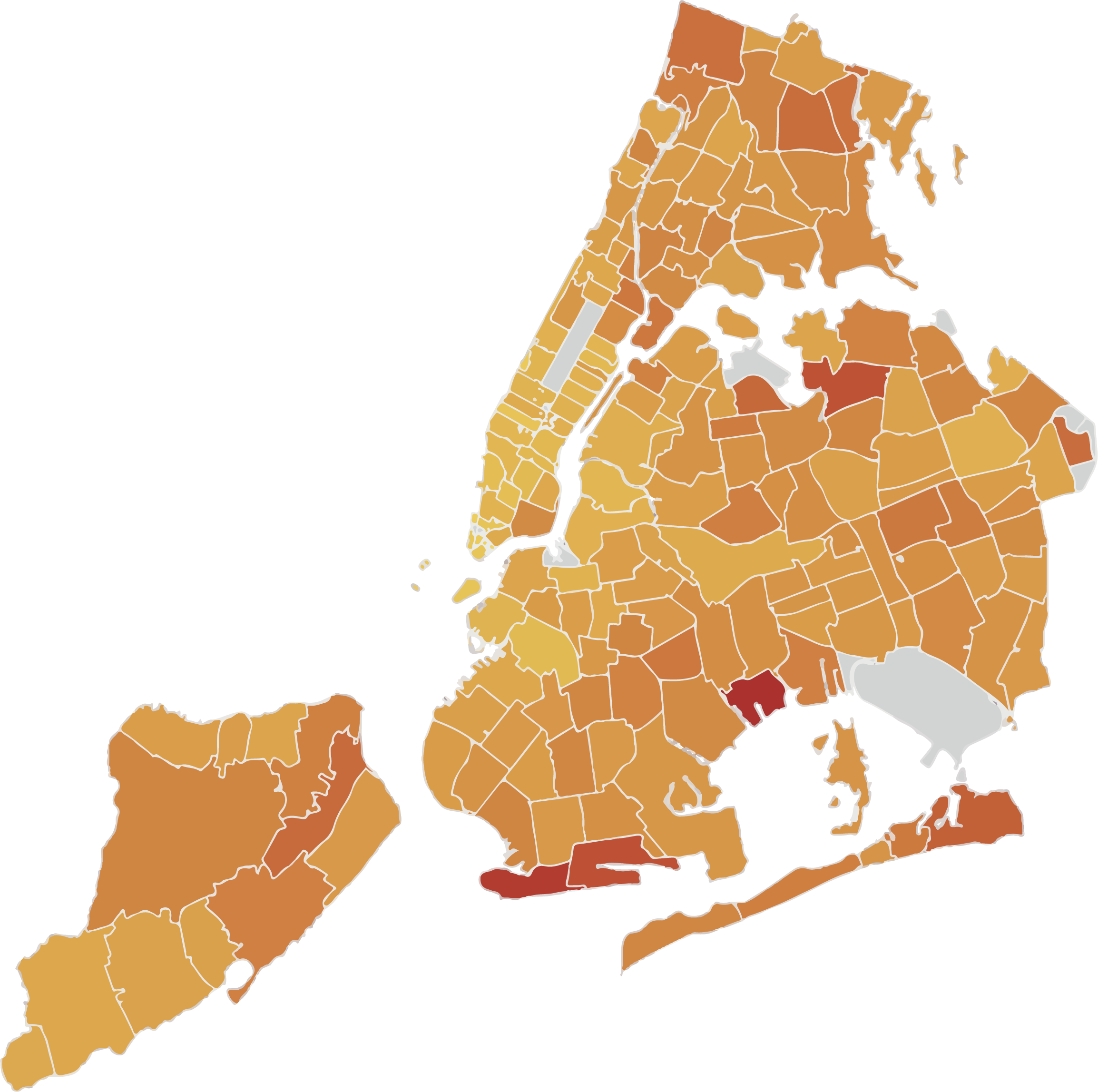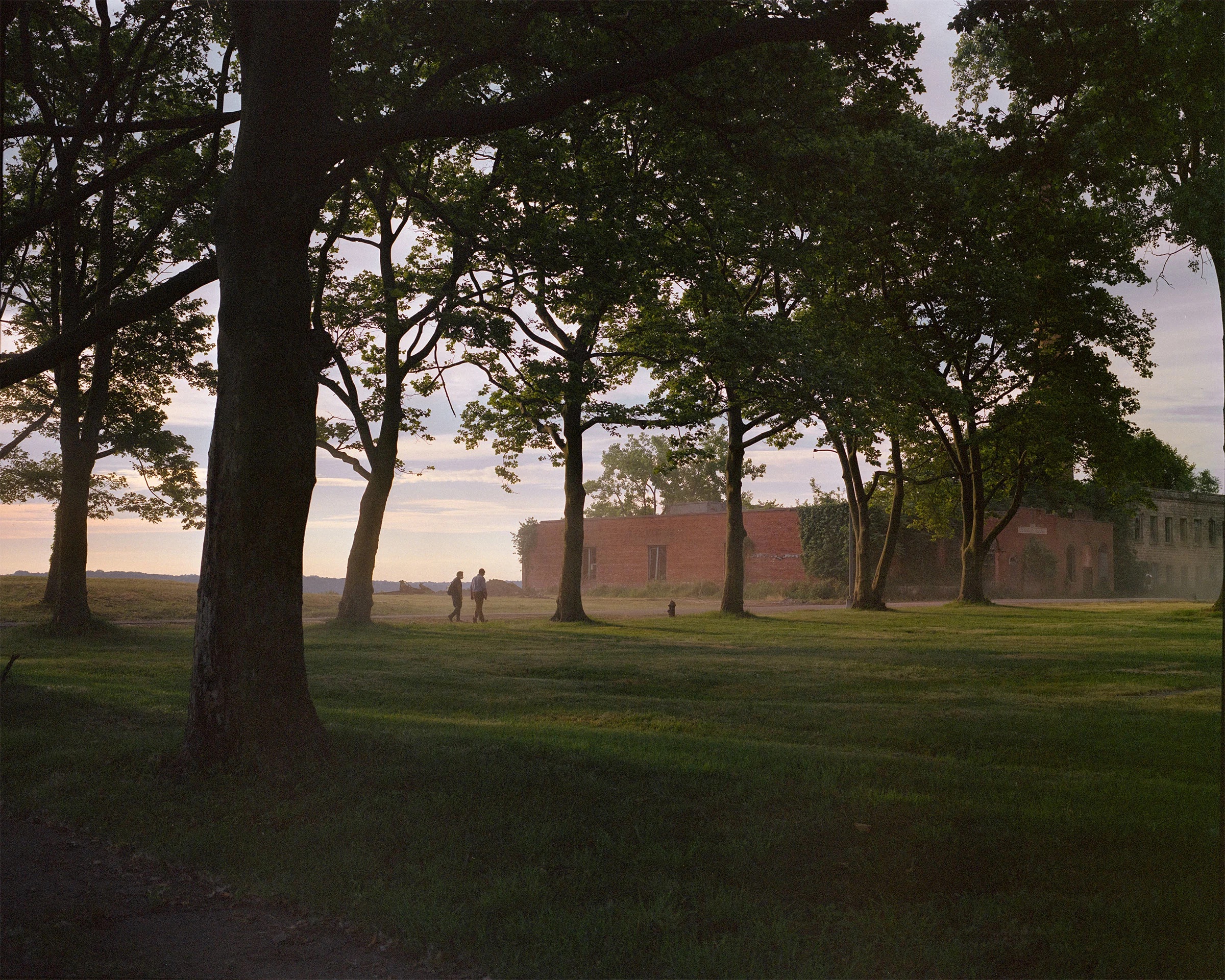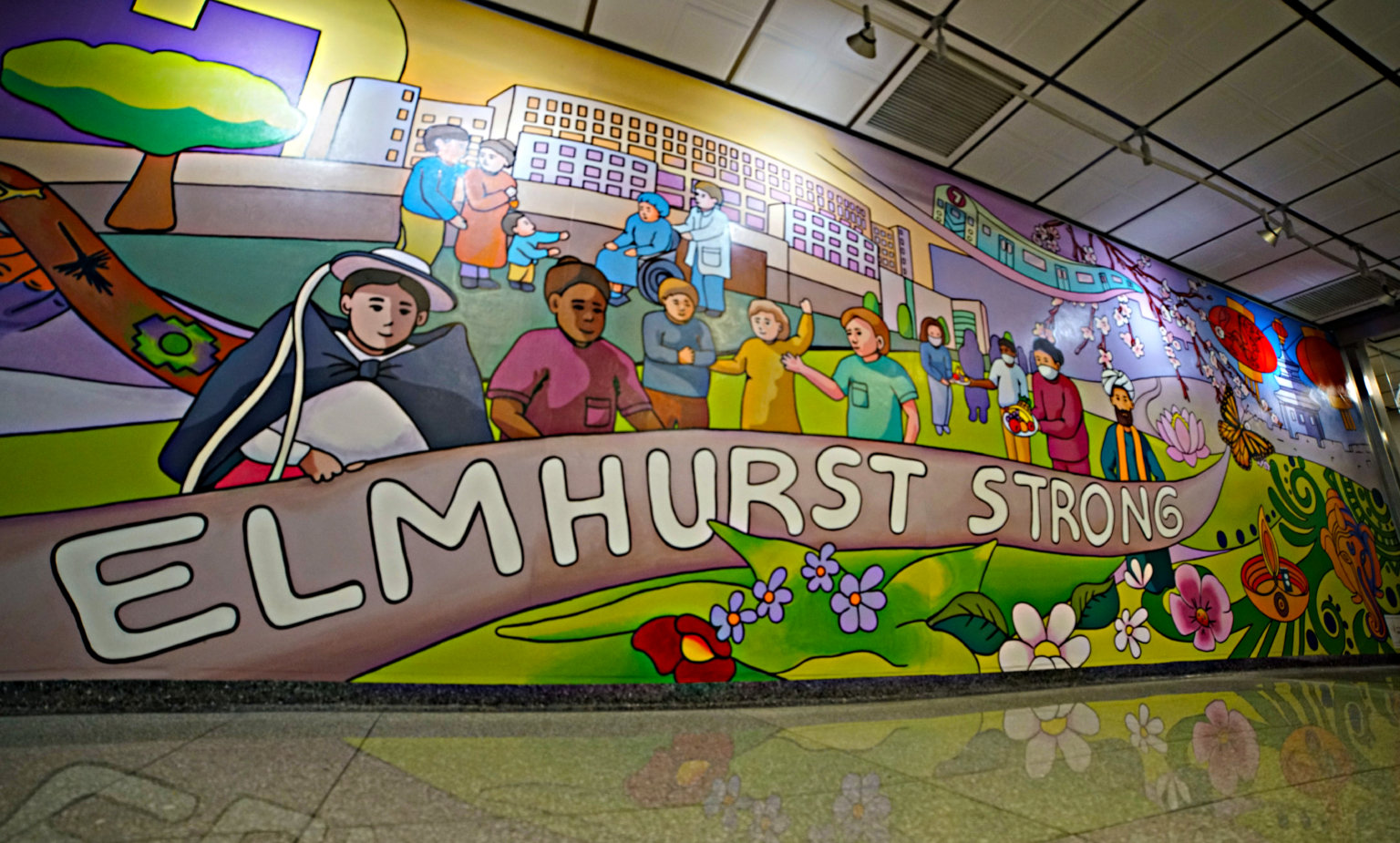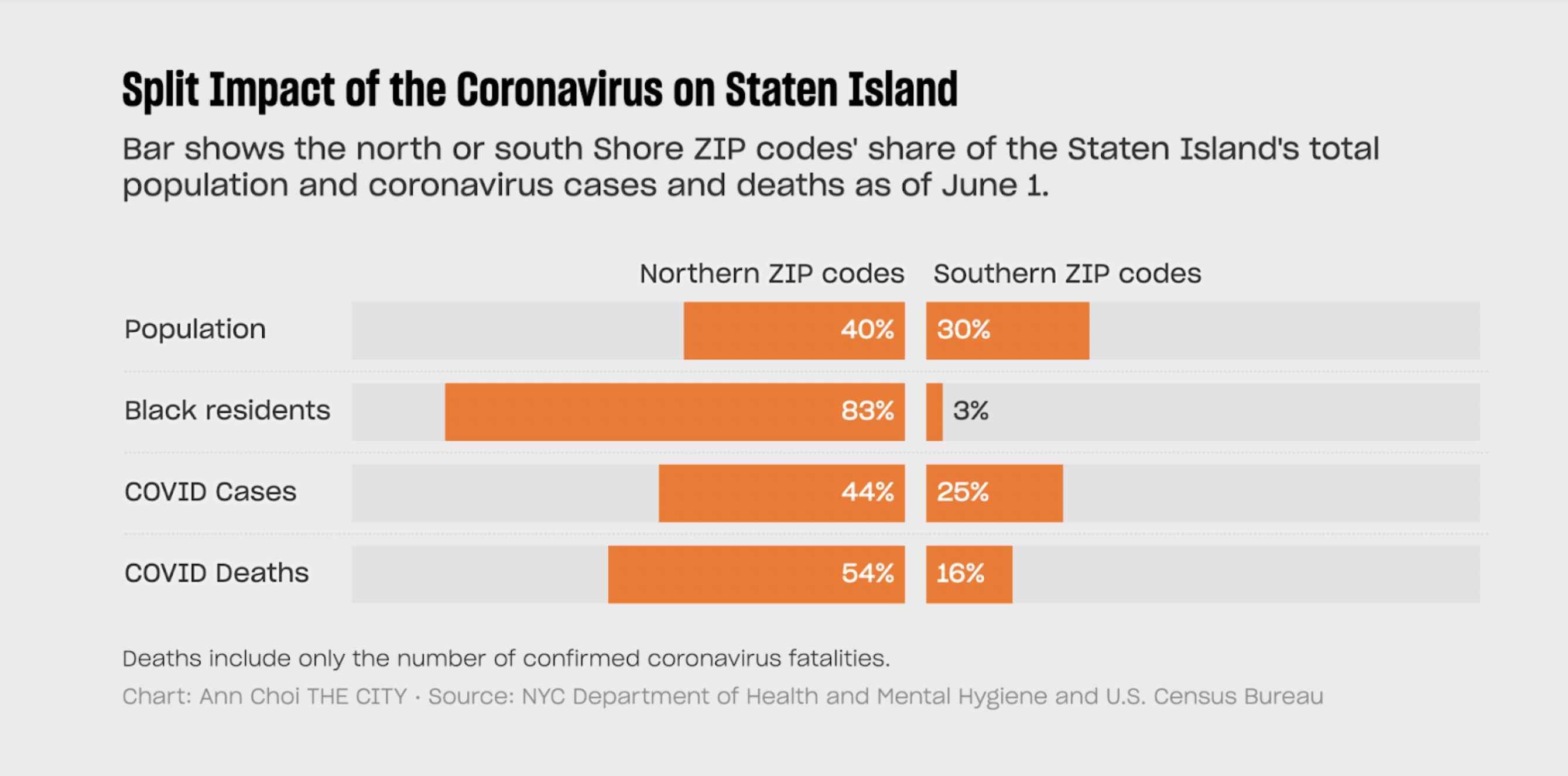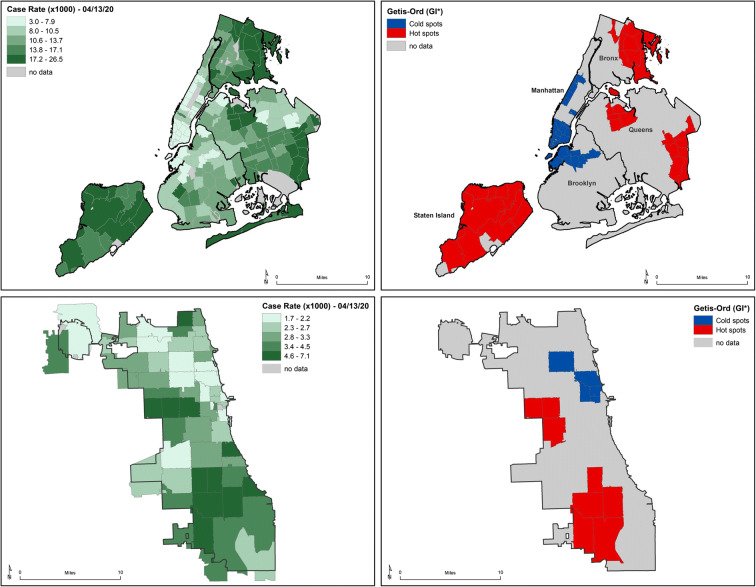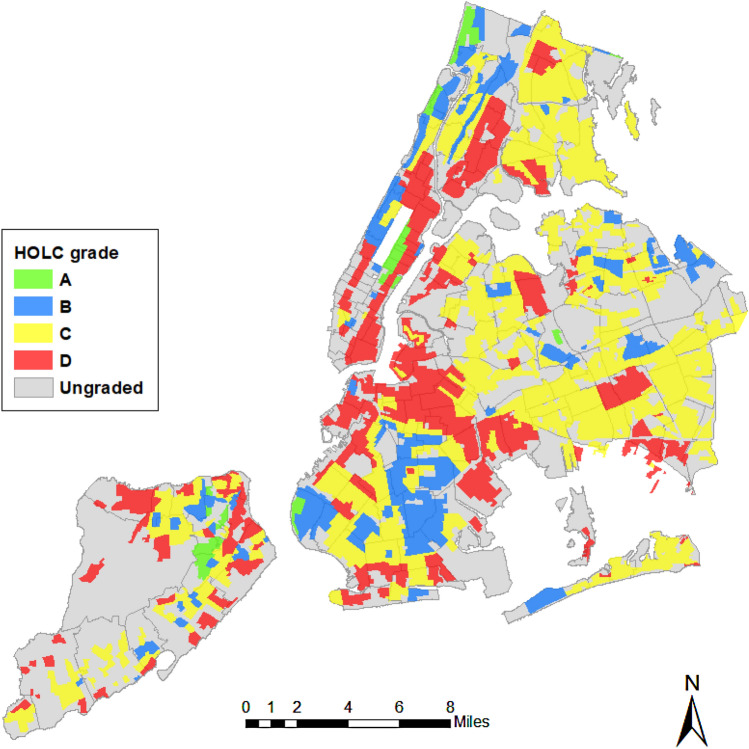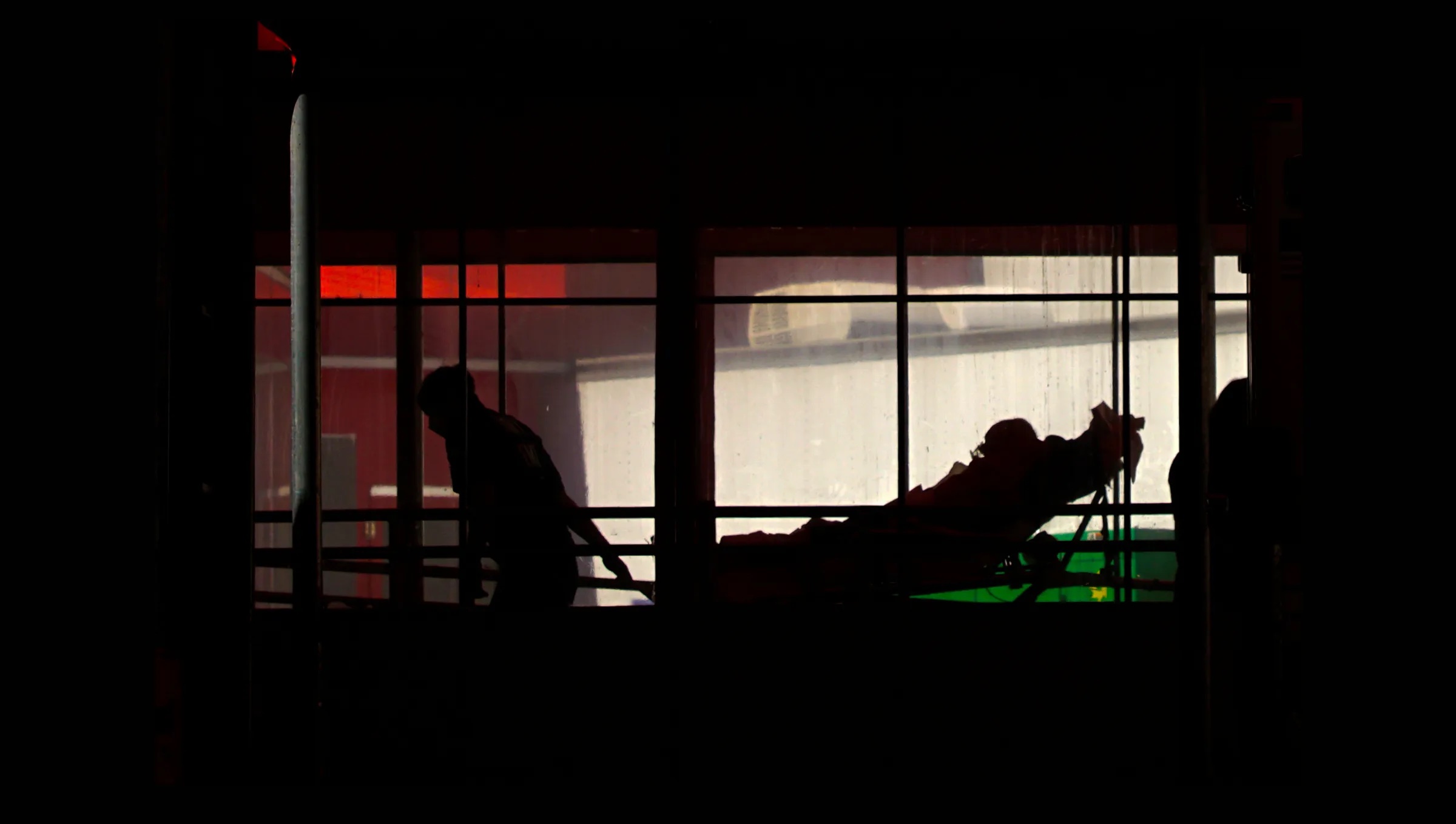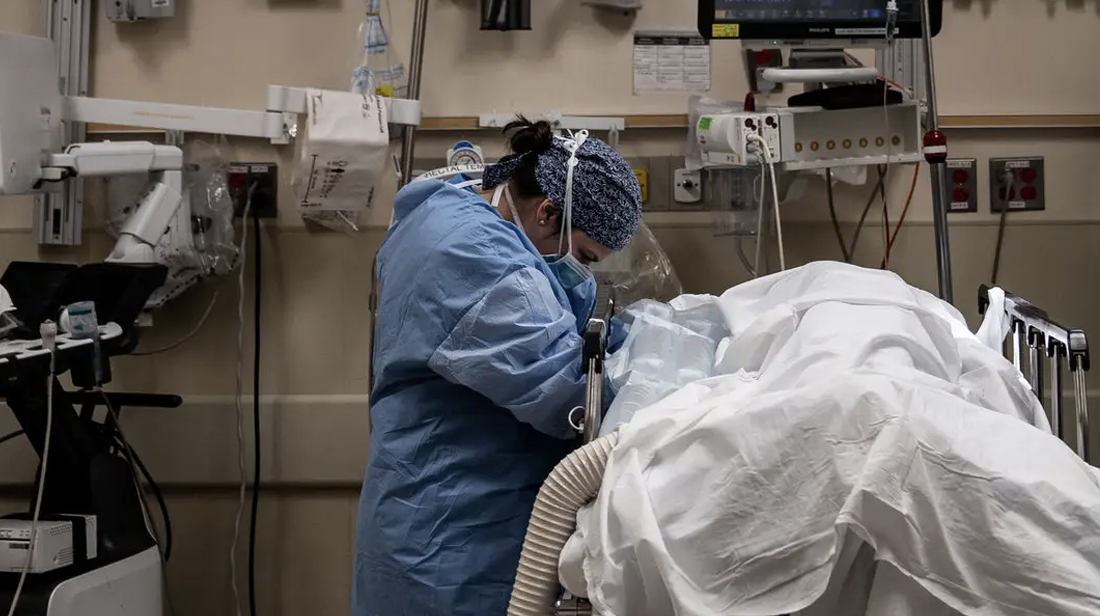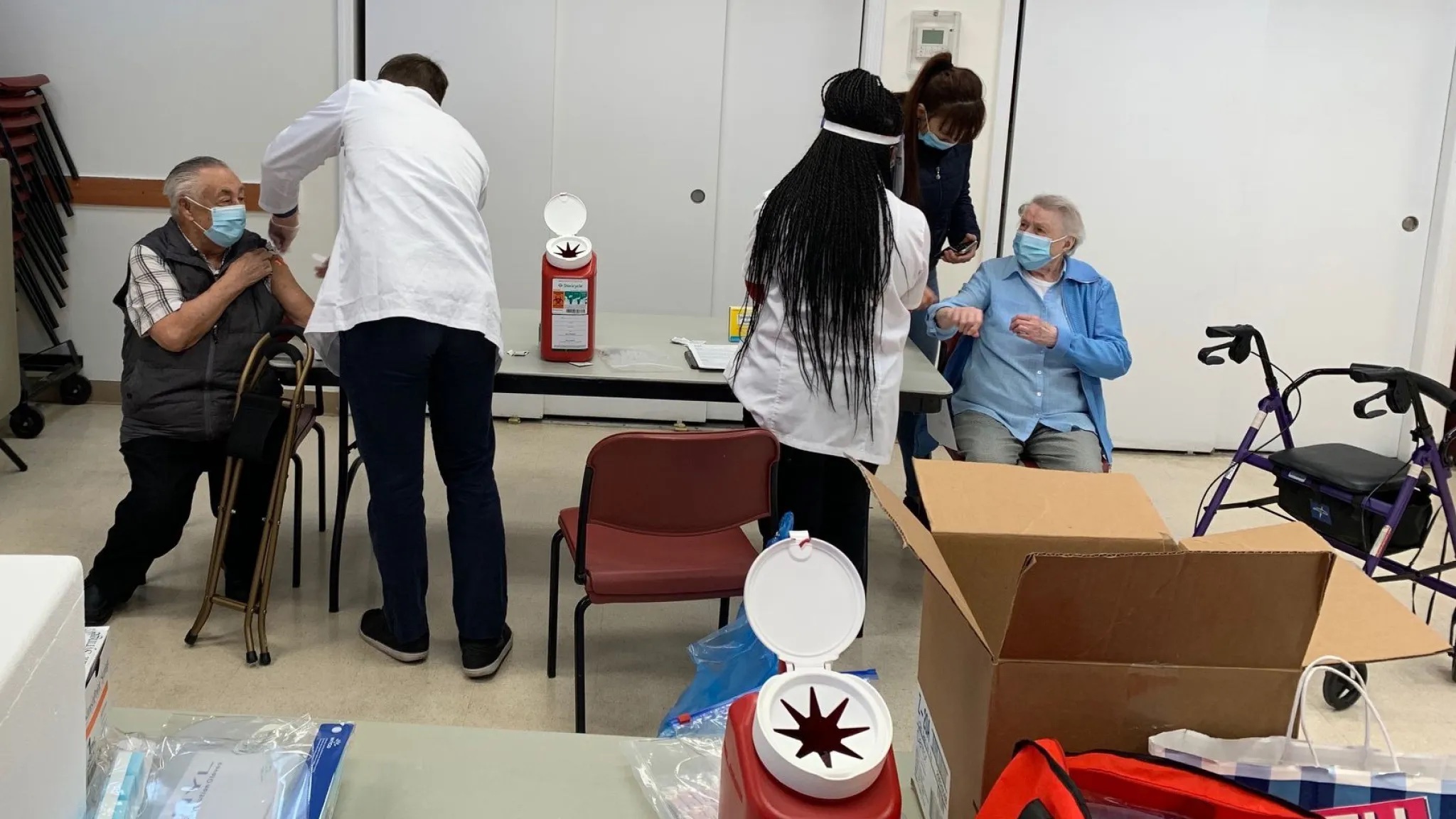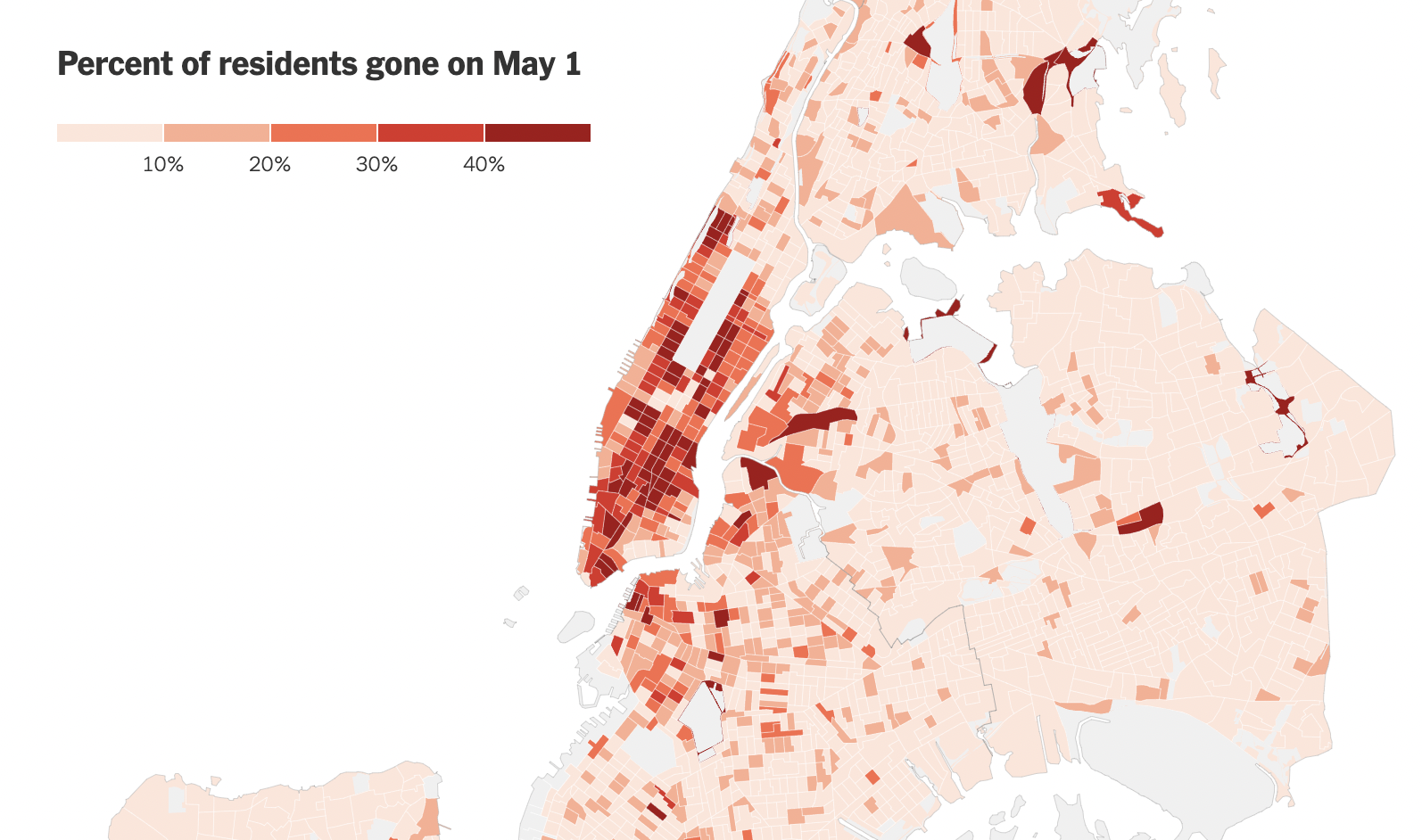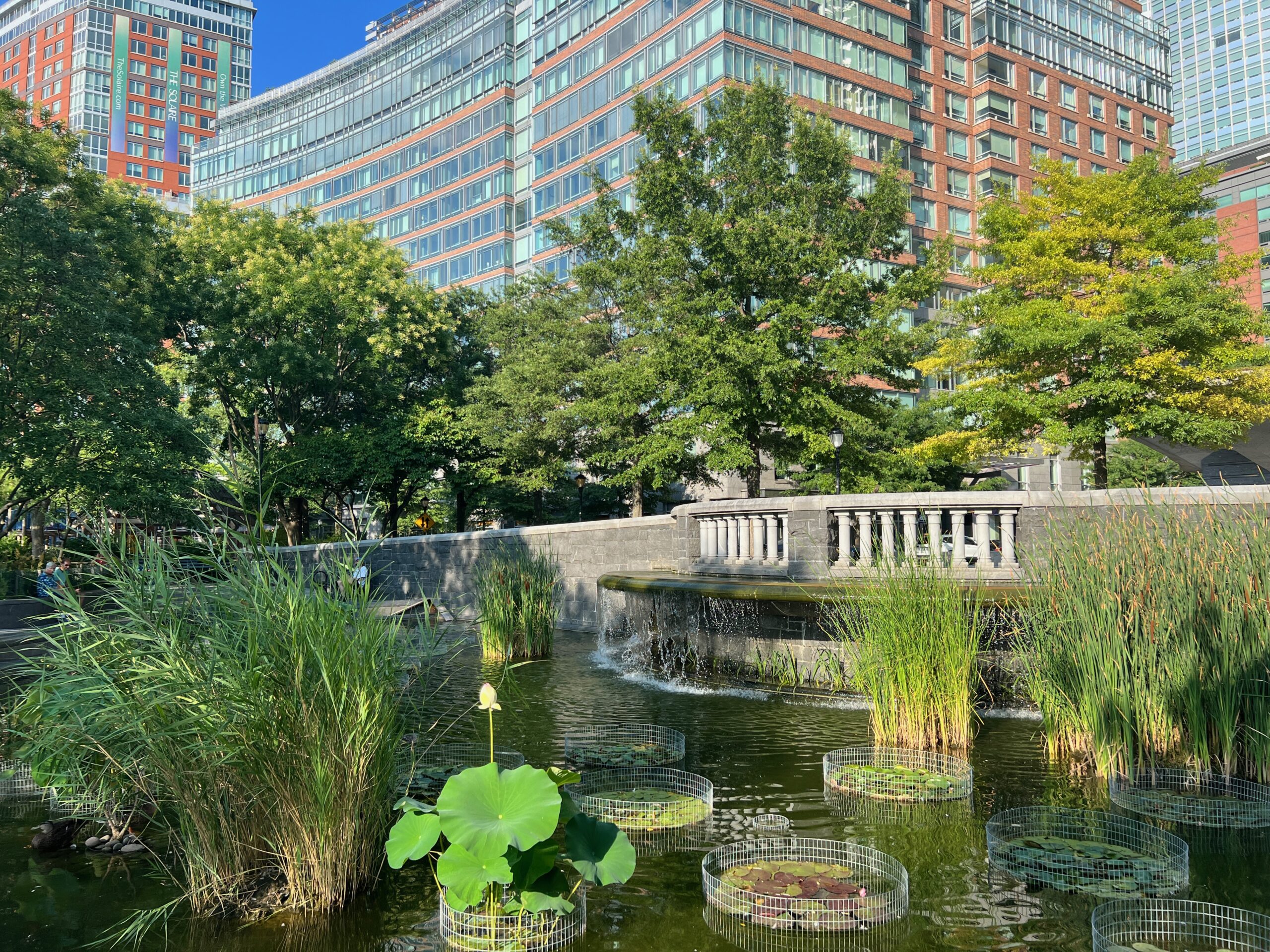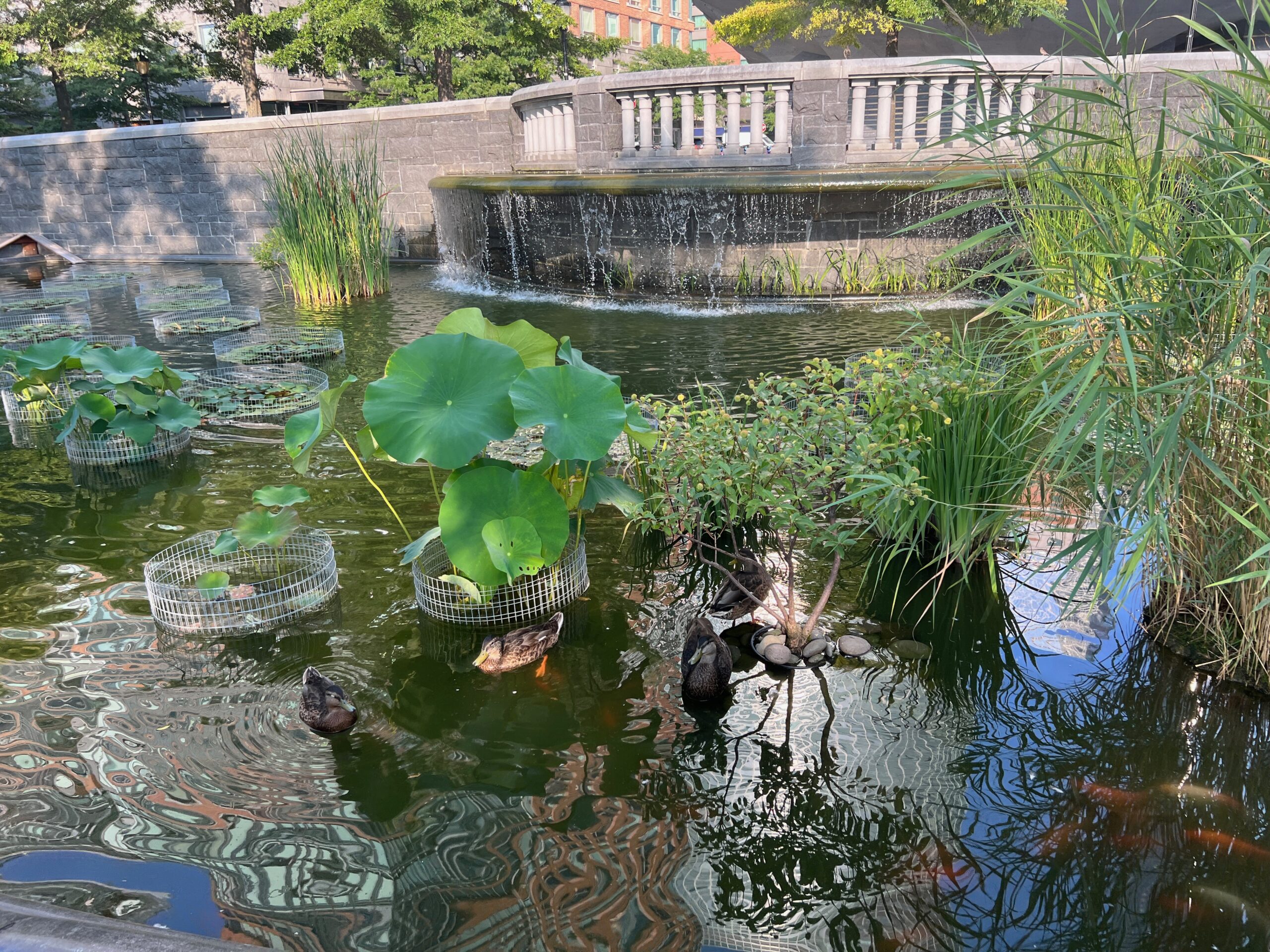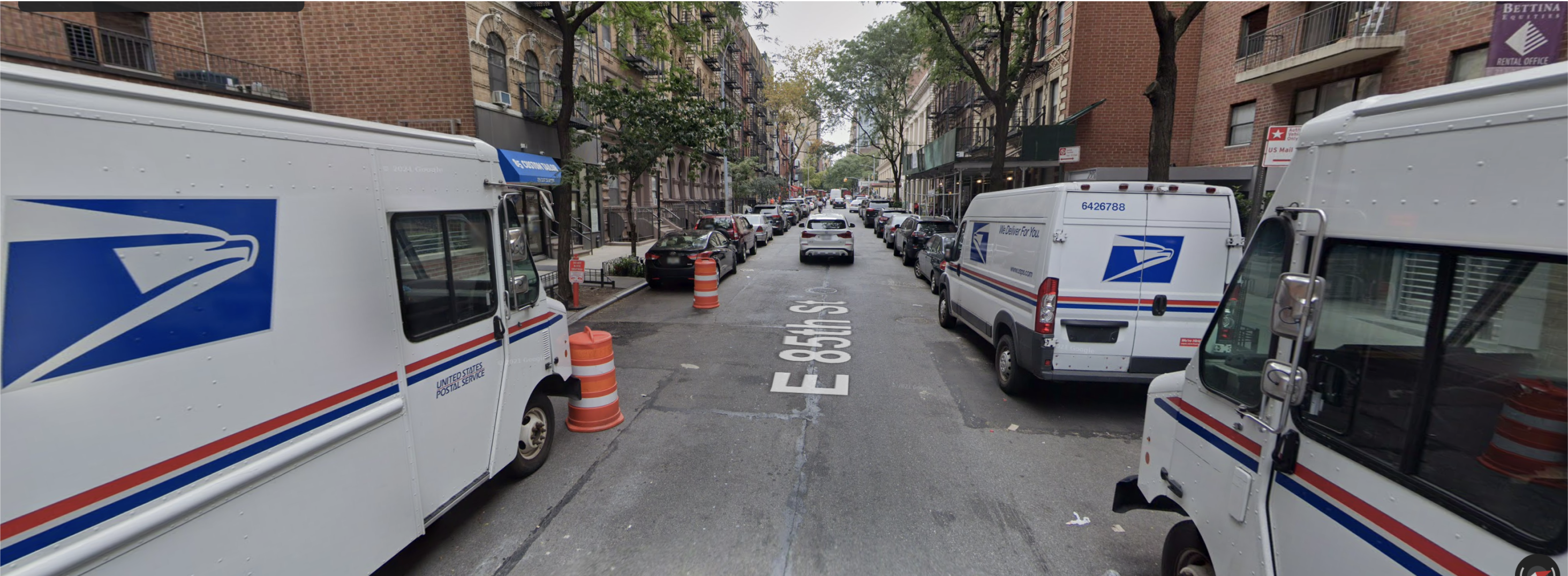New York City is one of the top ten most racially segregated cities in the United States.

(Reference/Caption): Most to Least Segregated Cities in 2020
According to 2020 Census Data
UC Berkley © 2023 Othering and Belonging Institute. All rights reserved.
Enforced in the boundaries of this geographical racial segregation is a historical disparity in the determinants of social wellbeing. These disparities include job security, food security, access to equitable healthcare, air quality, economic security, fair and equitable housing, educational achievement etc.
For all measures of social well being, racial and ethnic minorities – particularly Black, LatinX, Indigenous and Asian Pacific Islander groups lag behind White Americans.
The COVID-19 Impact Project is intentional about explicitly framing conversations on disparities in health outcomes for racial and ethnic minorities through the lens of structural racism AND AVOID the historical tendency to blame individuals and/or ascribe biological rationales for these disparities.
Measures of Social Wellbeing (New York City Department of Health and Mental Hygiene’s Community Health Survey)
Users of this resource can compare and contrast NYC neighborhoods divided according to community districts. The measures of social wellbeing are the following:
Social & Economic Conditions
- Education
- Economic Stress
- Neighborhood
- Violence & Incarceration
Housing & Neighborhood Conditions
- Air Conditioners & Air Quality
- Housing Quality
- Built Environment
Maternal & Child Health
- Healthy Living
Health Care
- Access to Care and Avoidable Hospitalization>
- Vaccinations
Health Outcomes
- Chronic Conditions
- HIV and Hepatitis C
- Binge Drinking and Psychiatric Hospitalizations
- Infant Mortality and Premature Death
- Life Expectancy
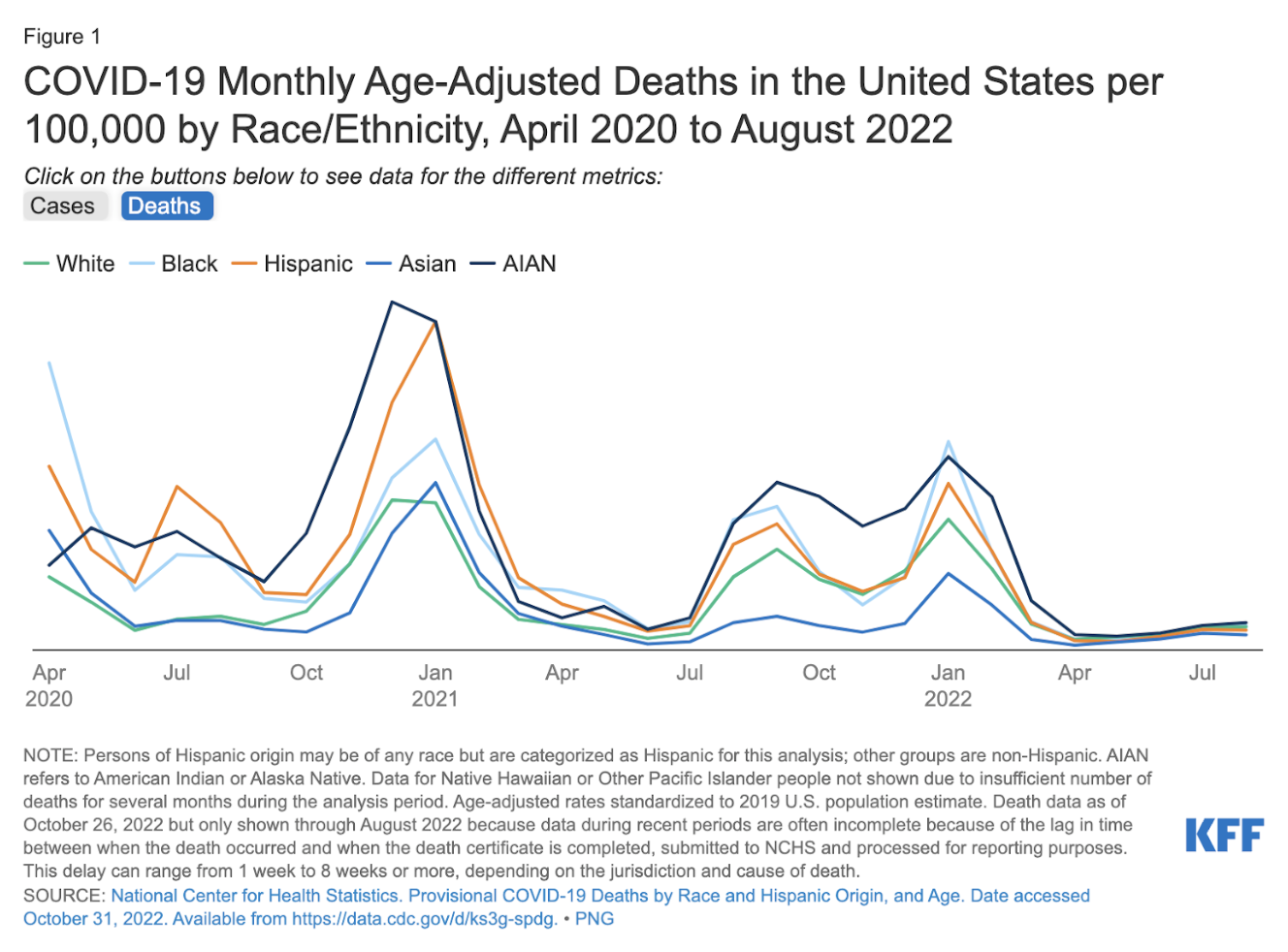





 This takes you outside of the COVID-19 Impact Project website.
This takes you outside of the COVID-19 Impact Project website.
